Below is a non-exhaustive list of some projects I worked on or am currently working on, including links to publications, codes, visualizations, posters, talks, etc.
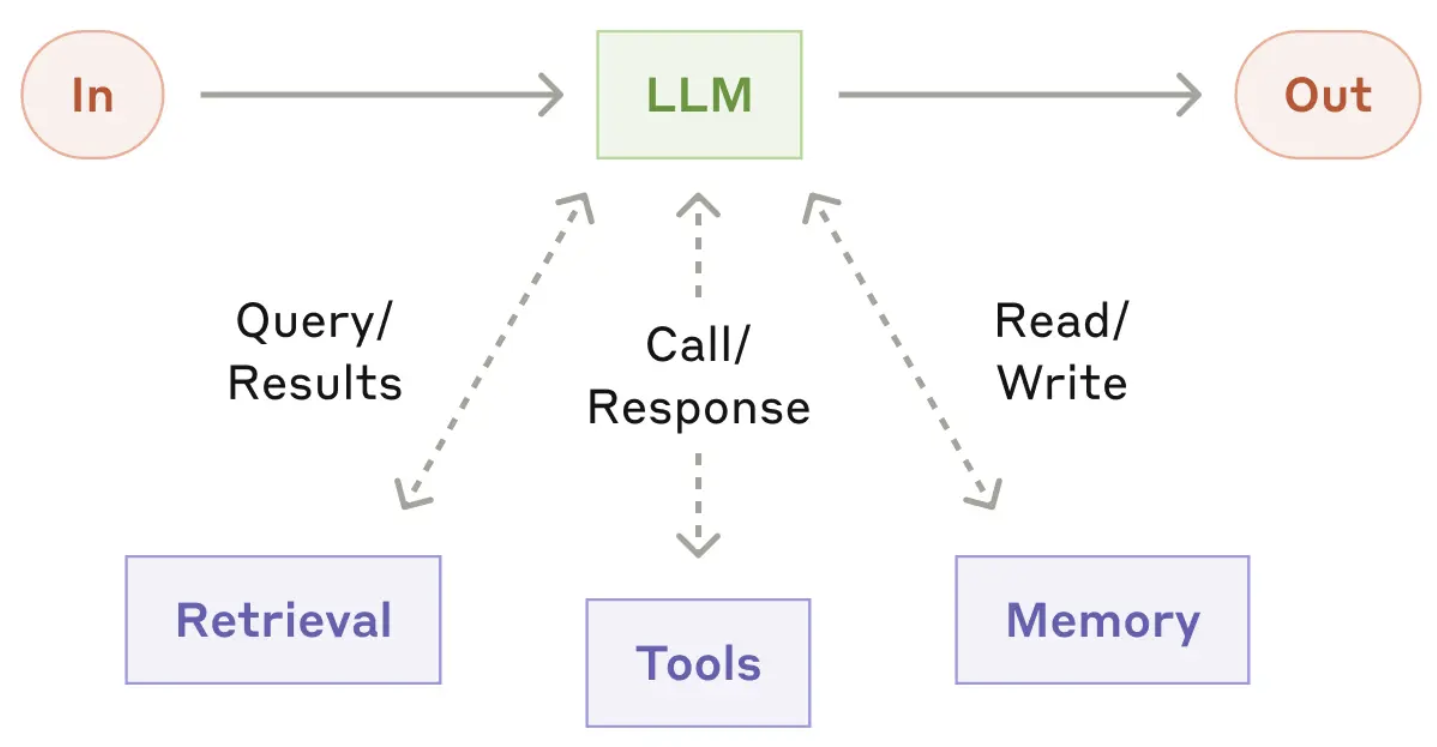
Agentic Search Tool Use Optimization
Optimized the type, number, cost, and latency of knowledge search tools used by an agent planner during rollouts.

SOTA and First Instruction-Following Reranker
Trained a reranker that can follow natural language instructions and outperforms all other rerankers on leading benchmarks.

RAG LLM-Based Filter
Trained an LLM-based filter that improves the response equivalence rate metric by 4%.
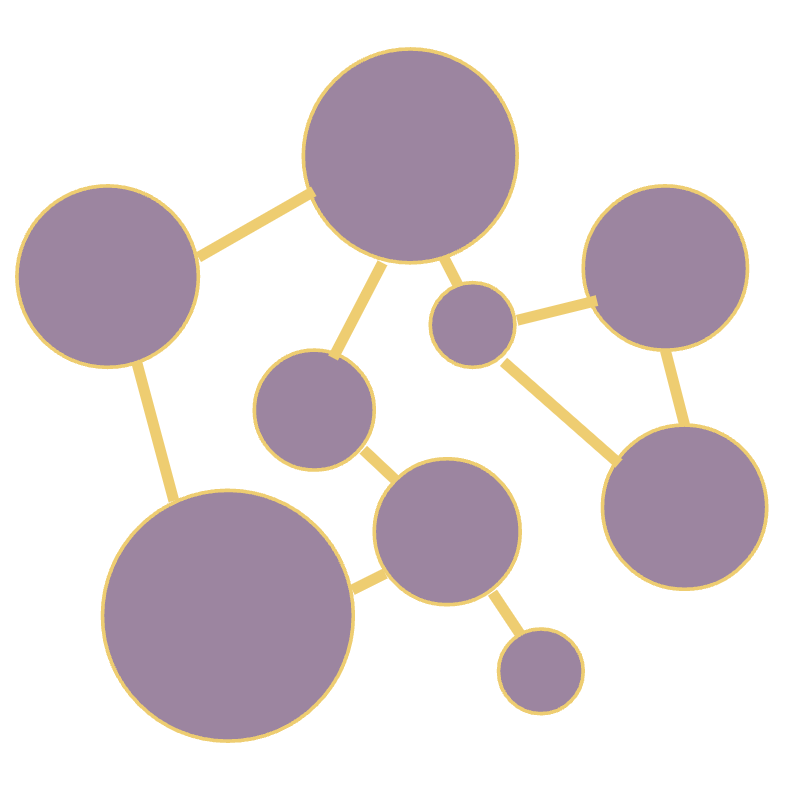
LLM-Based Graph Retrieval System (GraphRAG)
Built an efficient pipeline that transforms documents into knowledge graphs and effectively retrieves relevant information. Shipped to production as part of a mixture of retrievers.

Transformer-Based Super-Resolution for Dust Polarization Images
Built a multi-image encoder, a transformer-based fusion module, and a decoder to increase the image resolutions by 4x.
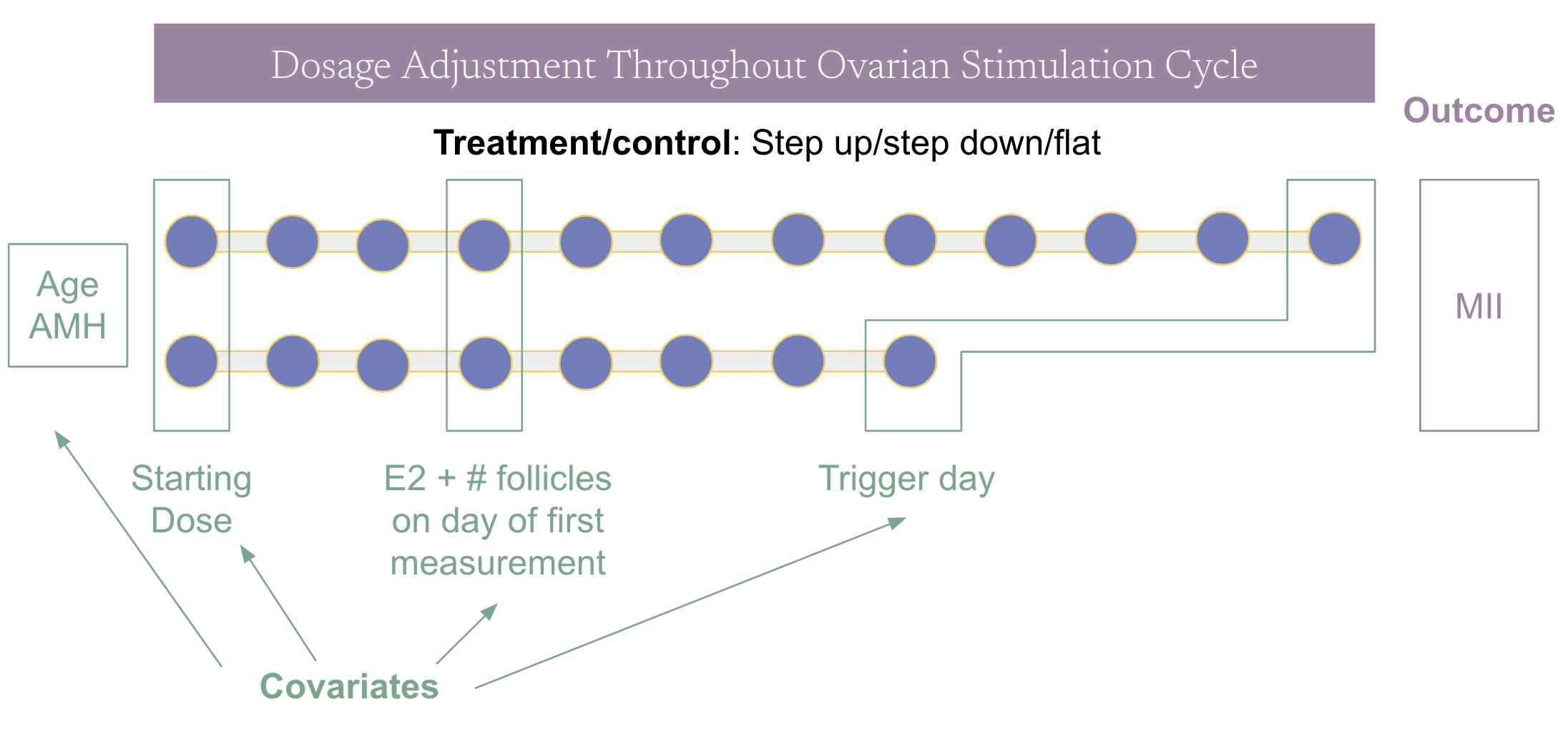
Causal Inference for Optimal Dose Adjustment Strategy
Used causal inference and machine learning techniques for analyzing the impact of dose adjustment patterns throughout IVF cycles on pregnancy outcomes.
Developed statistical tests to alert clinics when a doctor's performance deviates from their peers' on key performance indicators (KPIs).

Causal Inference for Modeling the Effects of Nearby Dust Geometry on Magnetic Fields
Modeled the Local Bubble geometry and 3D dust complexity. Used causal inference techniques to quantify their effects on different measurements.
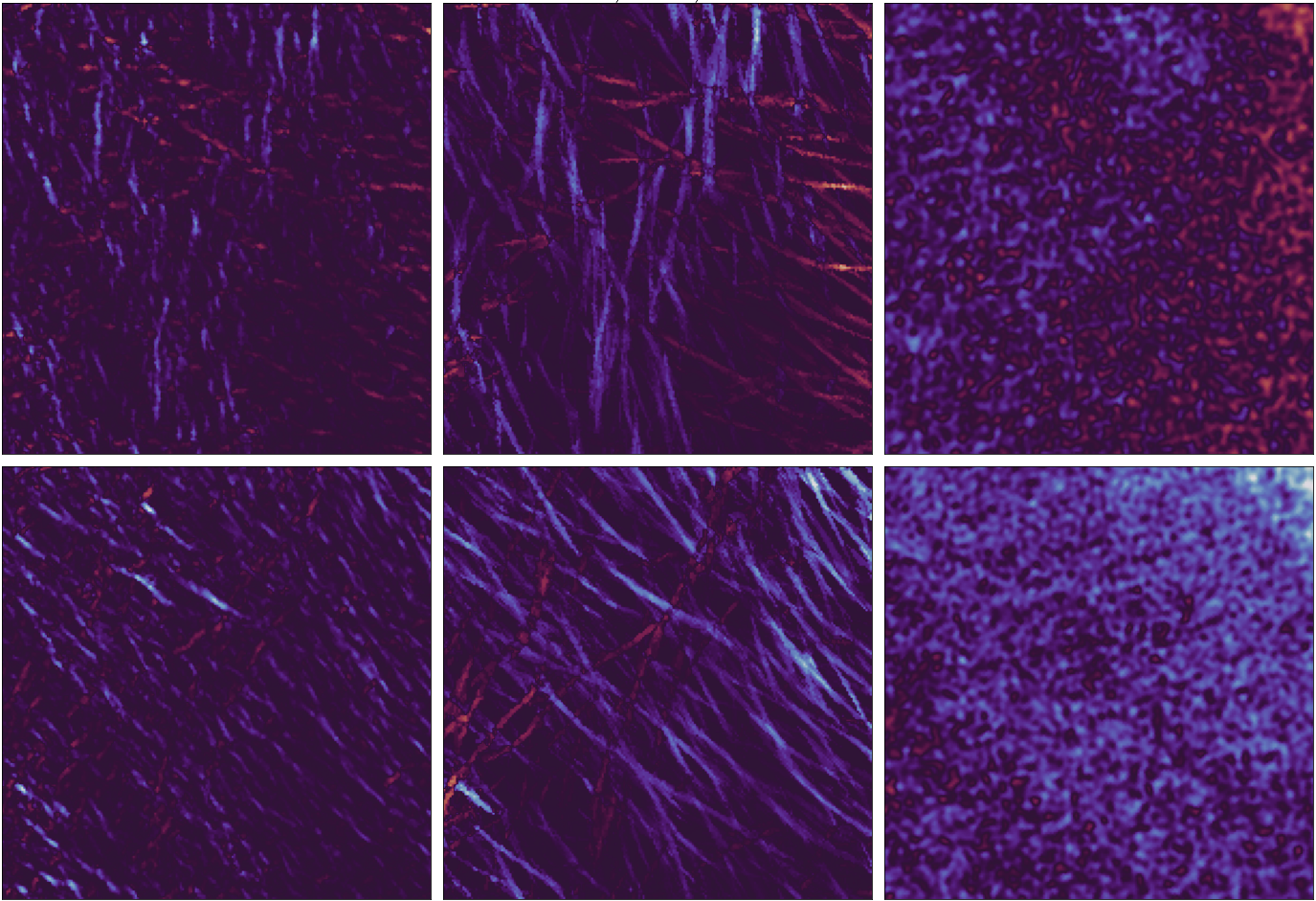
Filamentary Dust Polarization and Neutral Hydrogen Morphology
Improved computer vision algorithms to study the relationships between magnetic fields, neutral hydrogen, and dust.

Spherical Harmonic Convolutional Hough Transform
Developed algorithm in Python achieving 3000x runtime speedup and 5x memory reduction over previous state-of-the-art.
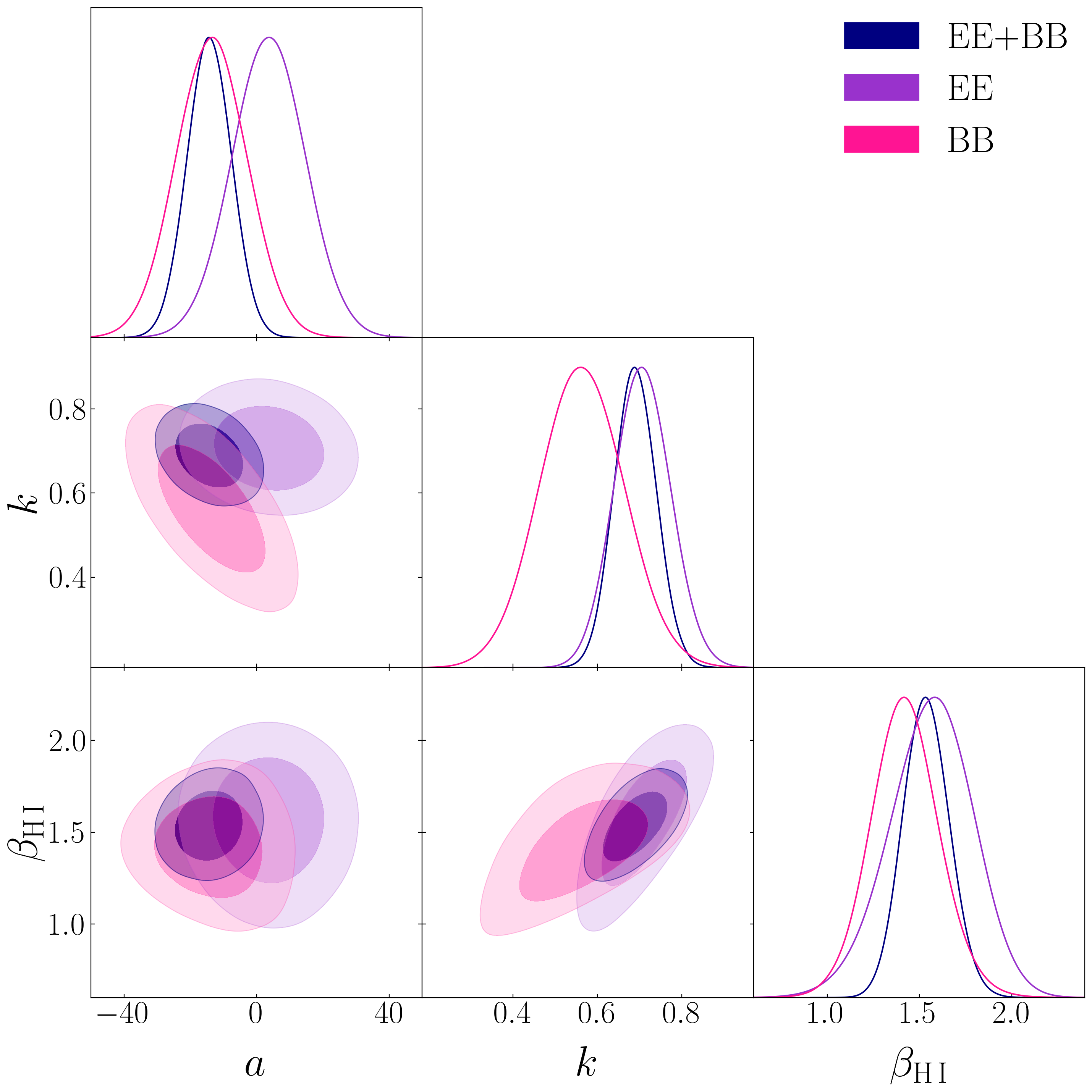
Modeling the Foreground Obscuring Radiation from the Early Universe
Used computer vision, hypothesis testing, and Bayesian inference for quantifying this foreground signal, setting new limits.
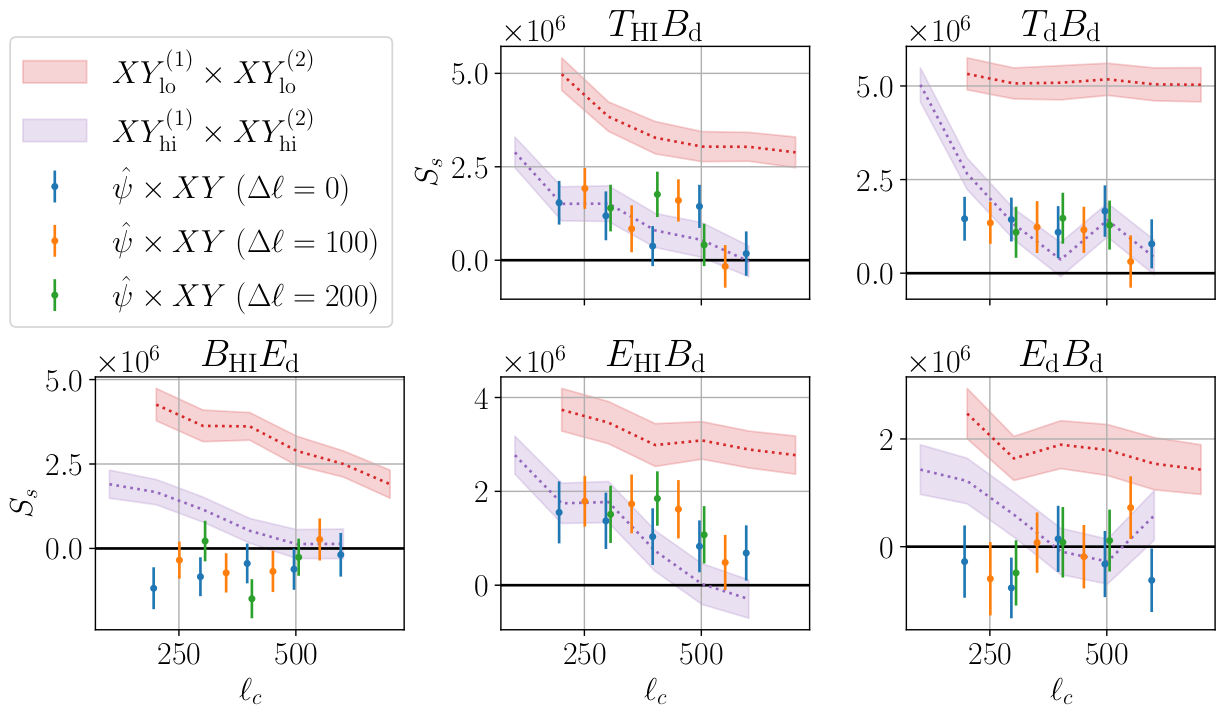
Magnetic Misalignment of Interstellar Dust Filaments
Developed one of the algorithms used in this analysis, fixing spurious correlation in previous algorithm, and performed analysis confirming one of the conclusions of this paper.
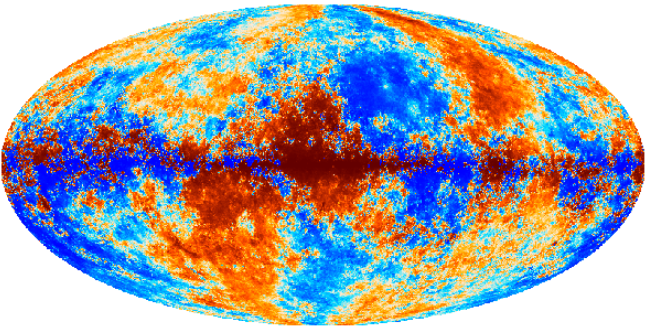
Bayesian Inference on Vansyngel Dust Model
Implemented the Vansyngel dust model in Python and performed Markov Chain Monte Carlo methods to obtain the parameters' posteriors.

Machine Learning for Stochastic Generation of Observed Galaxy Properties
Developed a conditional Wasserstein generative adversarial neural network with gradient penalty (cWGAN-GP) in PyTorch to generate observed galaxy properties in wide-field surveys.

Machine Learning for Modeling the Transfer Function of Galaxy Detection
Developed a probabilistic deep learning model for predicting a galaxy's detection by the Dark Energy Survey (DES) given that galaxy's properties and the observing conditions.
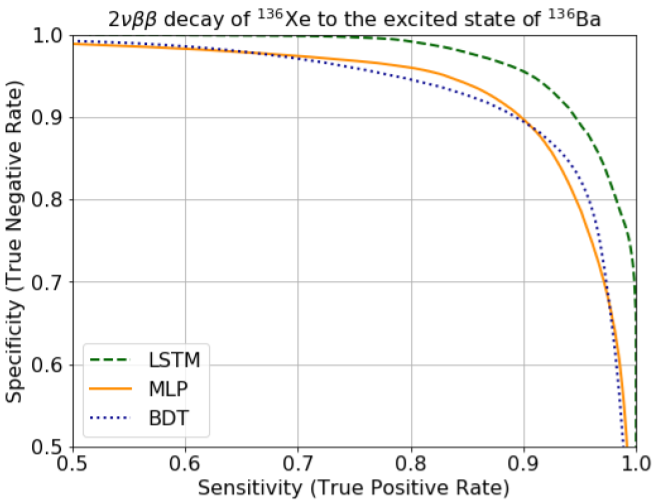
Machine Learning to Search for 2-$\nu$ Double-$\beta$ Decay of $^{136}$Xe to the Excited State of $^{136}$Ba
Developed a Long Short-Term Memory neural network in Keras in Python to search for this decay in EXO-200 data.
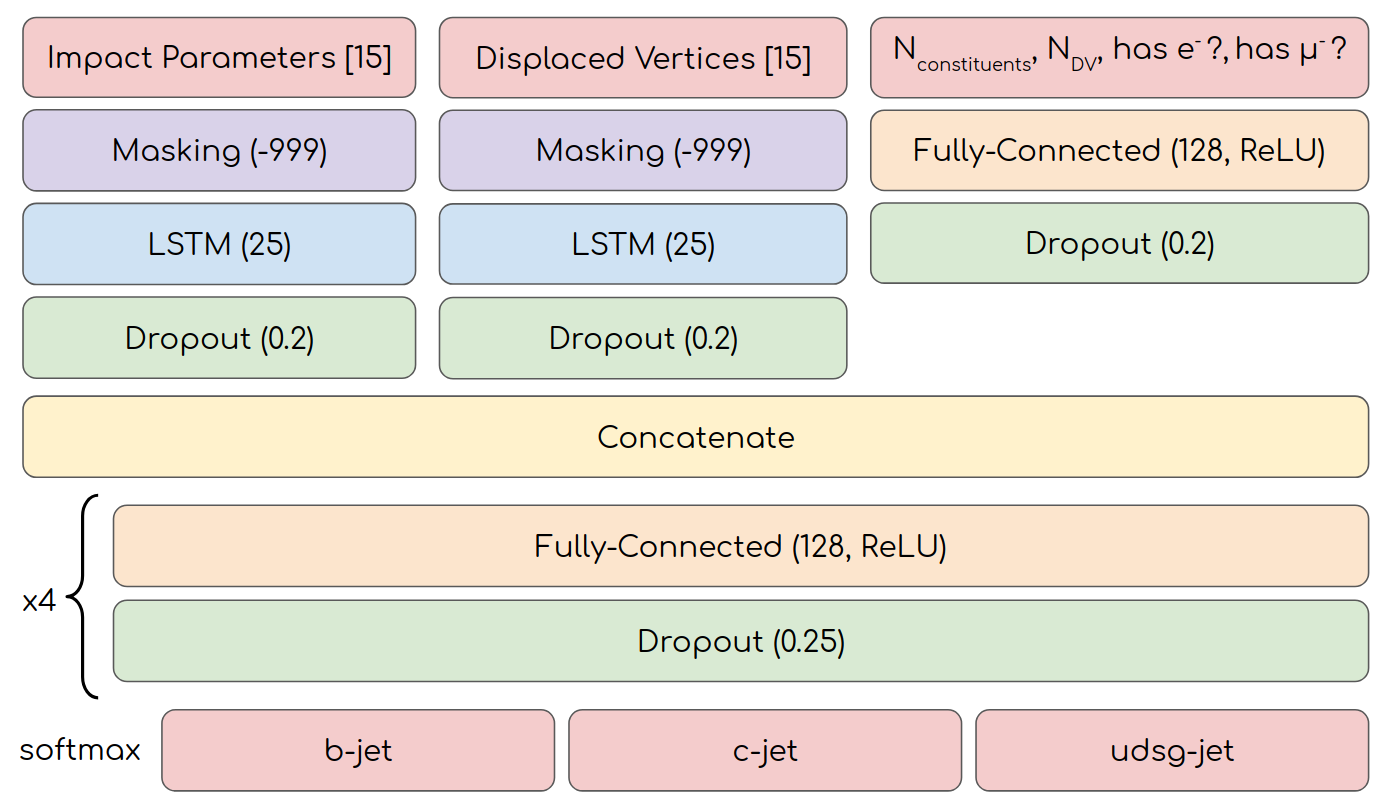
Machine Learning for Heavy-Flavor Jet Classification at RHIC
Developed a Python-based Long Short-Term Memory (LSTM) model to classify bottom, charm, and light jets, leveraging C++ for efficient data preprocessing.
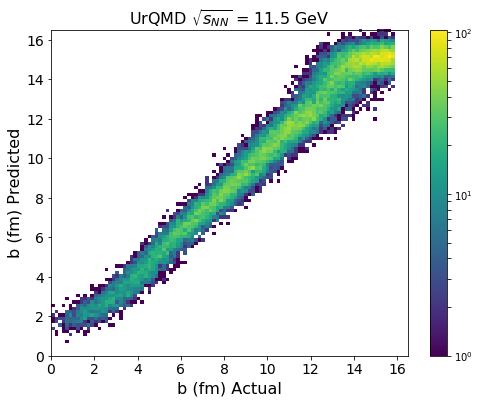
Machine Learning for Collision Geometry Determination
Developed a model to identify the collision geometry of nuclei based on the activation pattern of STAR-EPD detector tiles in Python, leveraging C++ for efficient data preprocessing.
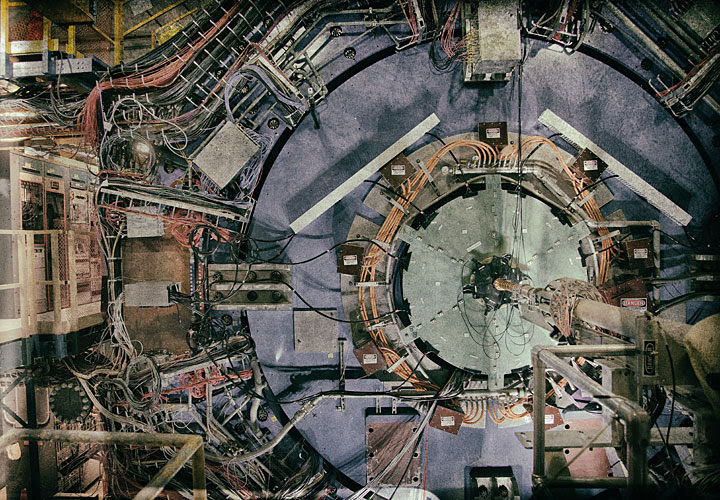
Performance Analysis of the STAR Event Plane Detector
Analyzed data collected by the detector that was installed for the RHIC 2017 run, colliding protons and gold ions, to optimize its final design.
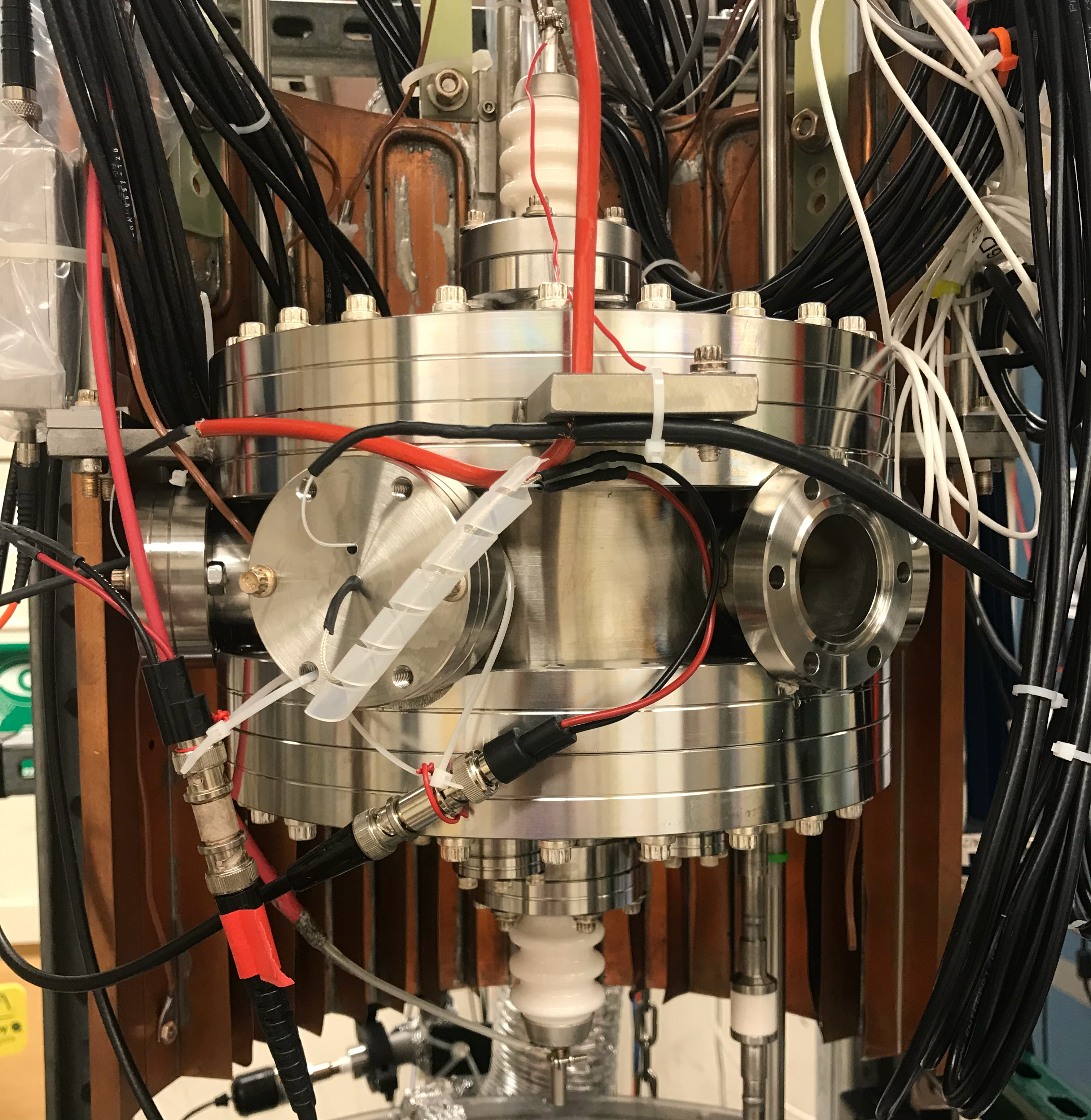
Analysis of R&D Test Setups for the nEXO Experiment
Analyzed data we collected from test setups we built and operated to understand complicated electron emission phenomena when high voltage is applied in liquid xenon.
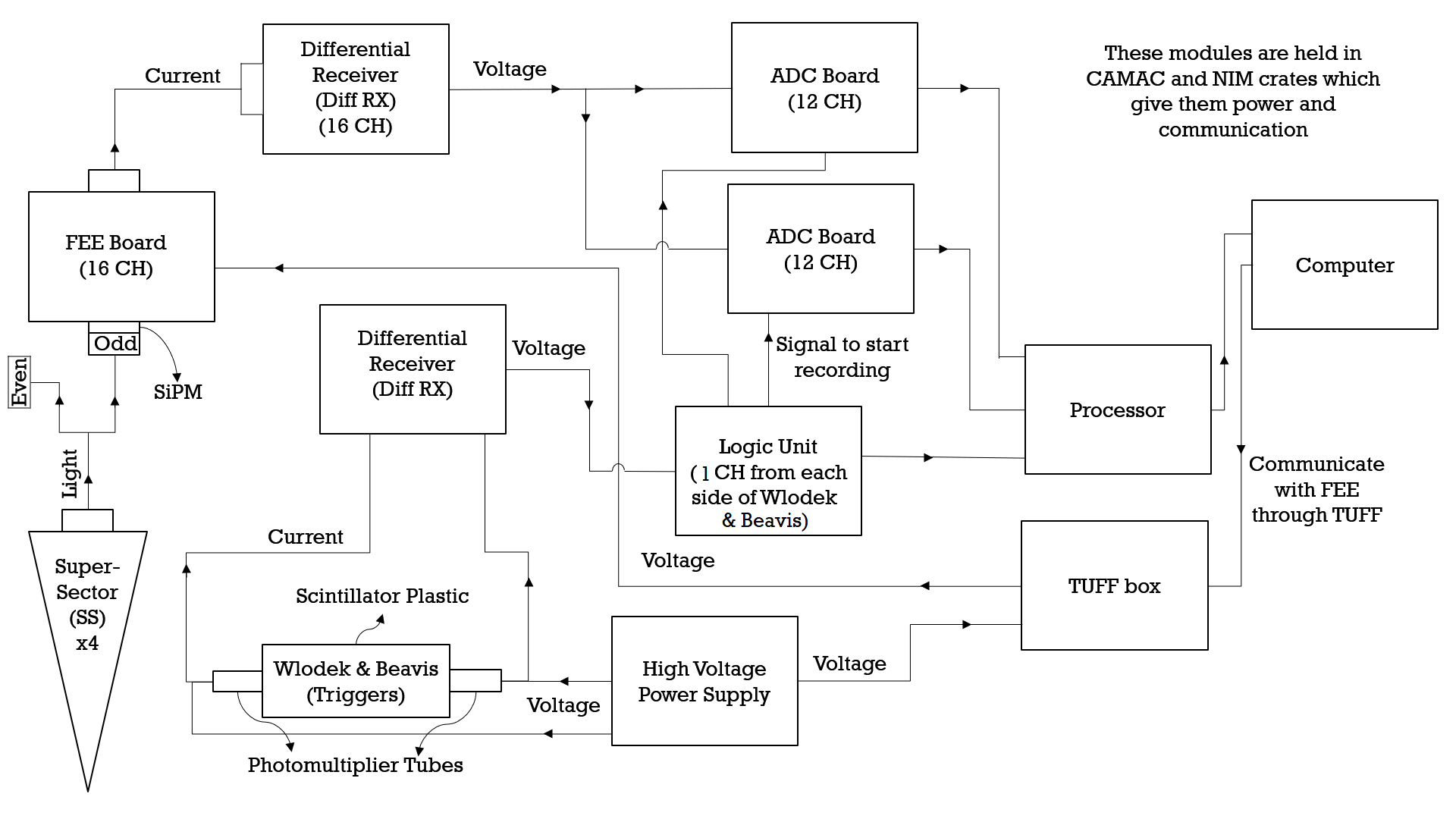
Cosmic Ray & Radioactive Source Testing of the Event Plane Detector
Performed calculations, digitized signal (as shown in diagram), and quantified the quality and uniformity of the different sectors of the detector.
POLARIZATION OF DUST FILAMENTS
Dust grains are organized into filaments that are well aligned with the magnetic field.
Therefore, the light they emit is polarized perpendicular to the magnetic field orientation.
In the following figure, I run two different computer vision algorithms on toy dust filaments
to show their emitted polarization patterns under the assumption of perfect alignment between
those filaments and the magnetic field.




















